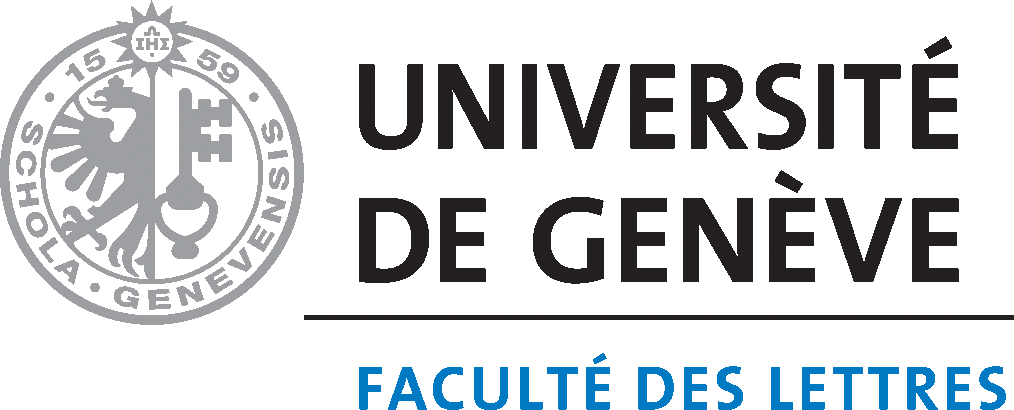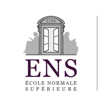Abstract
This article discusses the ways that objects, specifically personal belongings, held in British collections have their stories muted to become imperial signifiers. Using two pieces of jewellery acquired in 1859 by David Livingstone, British missionary and traveller (1813-1873), a lip ring from a Mang’anja woman in present day Malawi and a bracelet from the Kafue valley in present day Zambia, this article evidences how digital tools can be used to layer, in a palimpsestic way, the information available about colonially collected objects, to locate them physically, in the space they inhabit, and narratively, in the space they create.
En este artículo se plantean las distintas formas en las que los objetos, especialmente objetos personales, recopilados en colecciones británicas han cambiado su significado de origen para adquirir uno imperialista. Usando dos joyas adquiridas en 1859 por David Livingstone, un misionero británico y viajante (1813-1873), un anillo labial de una mujer Mang’anja en la actual Malawi y un brazalete del valle Kafue en la actual Zambia, este artículo evidencia cómo las herramientas digitales pueden ser usadas para disponer en capas, de forma palimpséstica, la información disponible acerca de objetos coloniales coleccionados, para ubicarlos físicamente, en el espacio que habitan, y narrativamente en el espacio que crean.
Recommended Citation
Simpson, Kathryn. "Technologies of Recovery and Discovery: The Poetics of “Artefacts”." Artl@s Bulletin 13, no. 1 (2024): Article 2.






